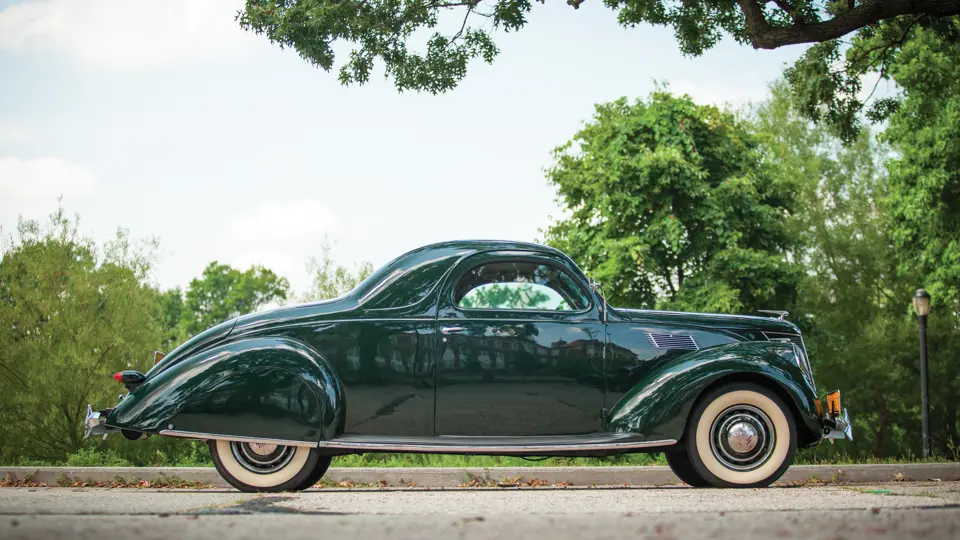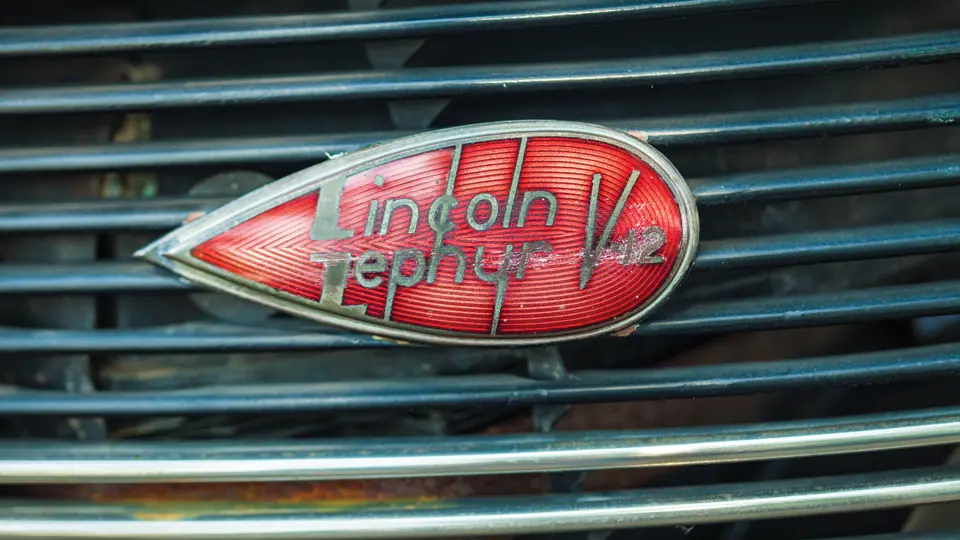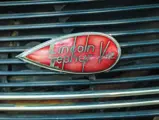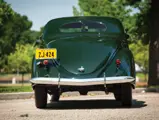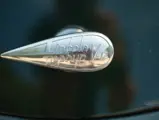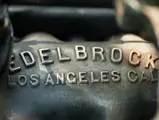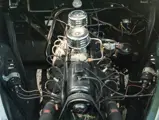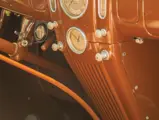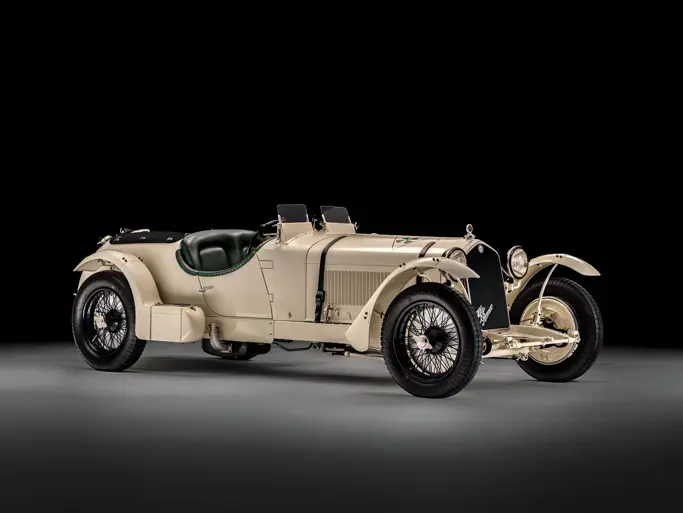Series HB. Body Style 720. 110 bhp, 267.3 cu. in. L-head V-12 engine with Edelbrock dual carburetors, three-speed manual transmission, solid front and live rear axles with transverse semi-elliptic leaf springs, and four-wheel mechanical drum brakes. Wheelbase: 122 in.
The Lincoln-Zephyr project actually started in 1934 as a rear-engine design with an aluminum V-8, but by the time it reached production in 1936, conventional thinking had prevailed. However, the basic streamlined form remained the same, now with a handsome alligator grille that concealed a lightweight V-12 engine, which was created by adding four cylinders to Ford’s landmark V-8.
Offering 90 mph and 14–17 mpg, it was an immediate hit, outselling the gigantic Lincoln K models ten to one. First year sales were 15,528, and these numbers doubled to an even 30,000 in 1937. The Zephyr was the first Ford product to offer unit construction and a steel roof, and four years later, it would give birth to Edsel Ford’s Lincoln Continental, a high water mark in pre-WWII styling.
The 1937 model represents the first revision of the original idea, with a modified grille and side louvers, gracefully V-shaped bumpers, and a completely new dash that had centrally placed instruments, enabling the car to be built in both right- and left-hand drive. The large speedometer was mounted ahead of the gearshift on a console that extended to the floor, which also held the radio speaker and heating duct.
The sleek Coupe offered here is arguably the most graceful and elegant version of Tjaarda’s original Zephyr design, and it was also a new offering in the line for 1937. This Coupe was well-restored during its previous ownership in California, and it seats two cozy passengers on its cloth bench seat, with a large trunk providing ample room for long tours. The car is fitted with disc wheel covers, wide whitewall tires, and period aftermarket side mirrors, which add a graceful touch of chrome to the flanks. Equally welcomed features are the dual Edelbrock carburetors, which are the only modern touch under the hood, and they help to improve the Zephyr’s performance for the road.
Limited in their production numbers, surviving Zephyrs have frequently been modified to meet contemporary customization tastes. This example, however, is particularly attractive, as it remains largely unmodified and period correct. In many respects, it is the ultimate form of Art Deco automotive expression, and it is a design icon of its era.




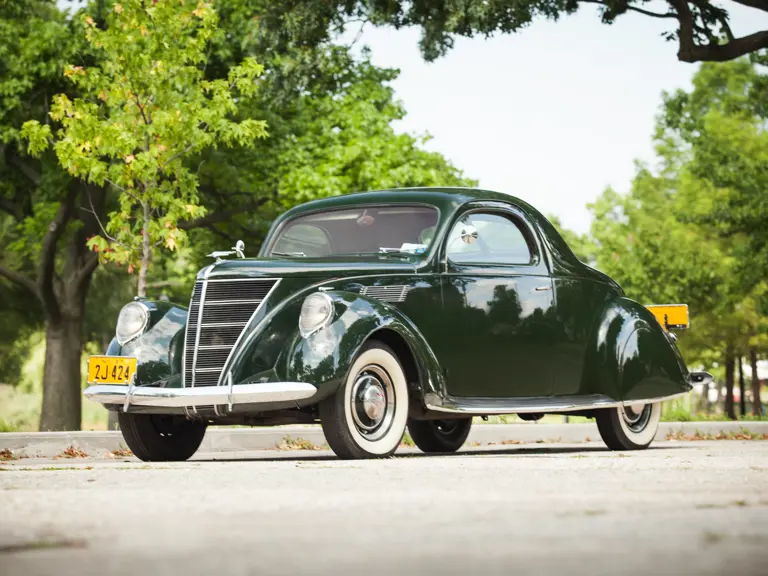
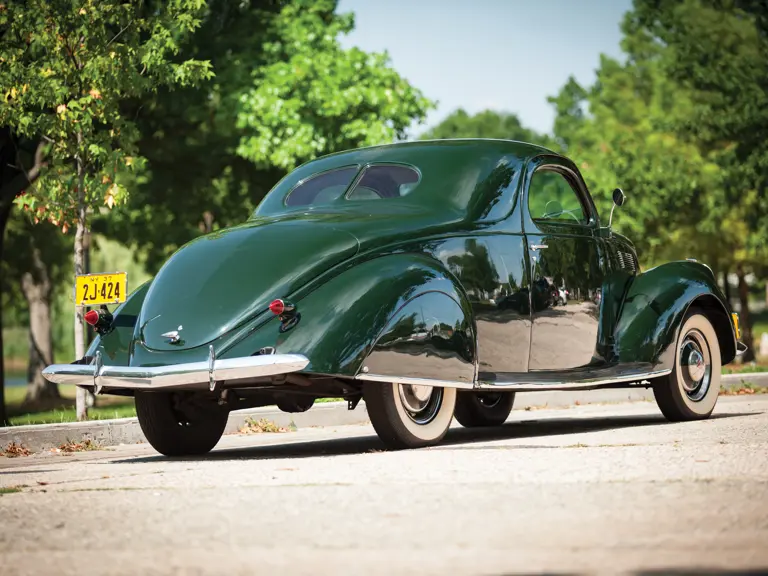
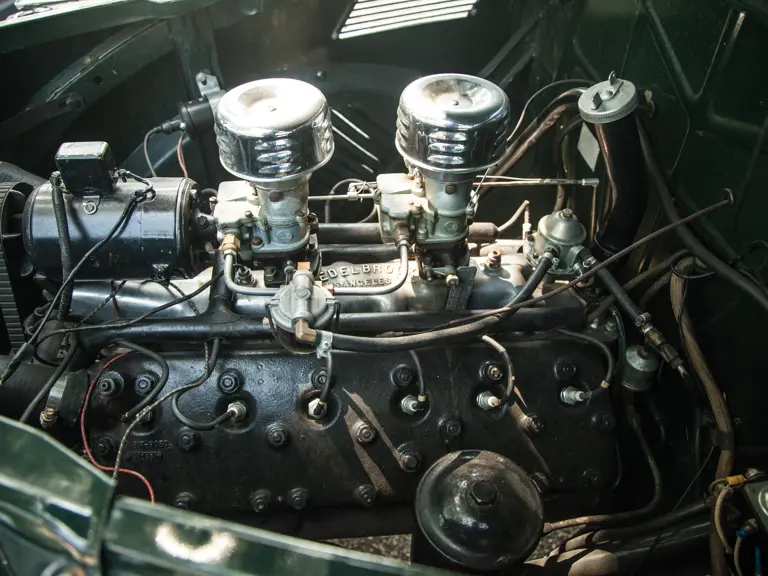
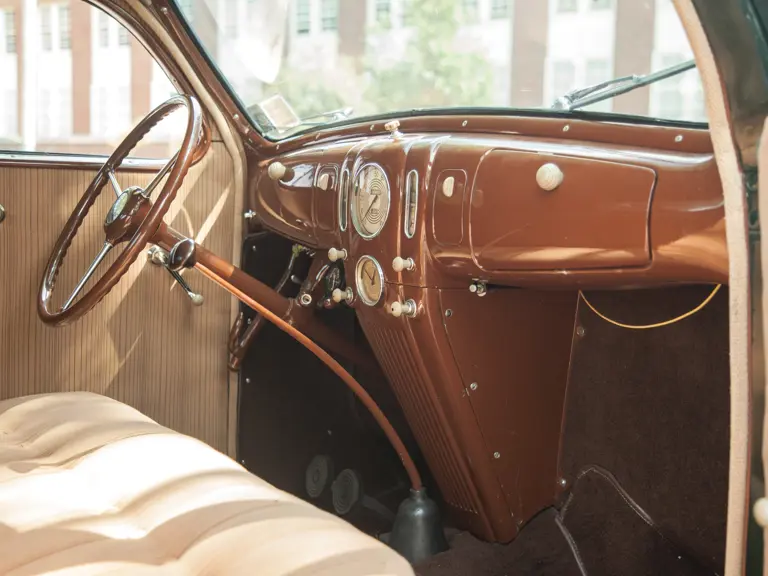
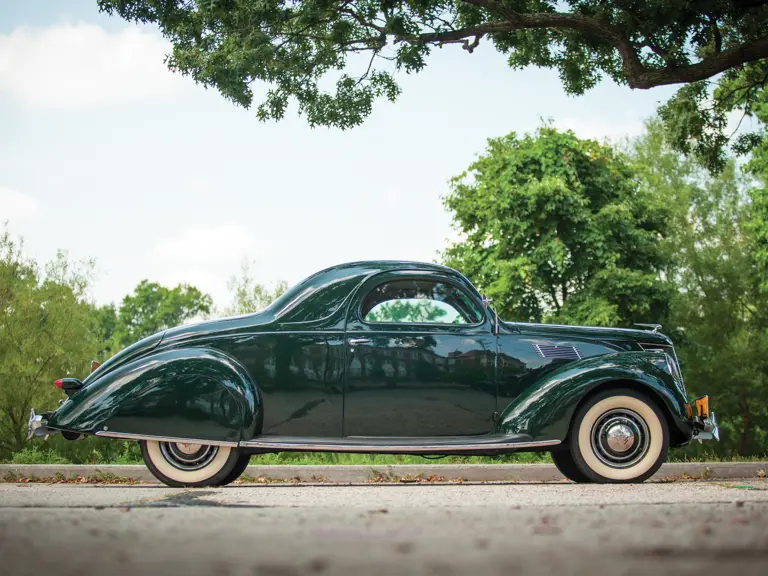
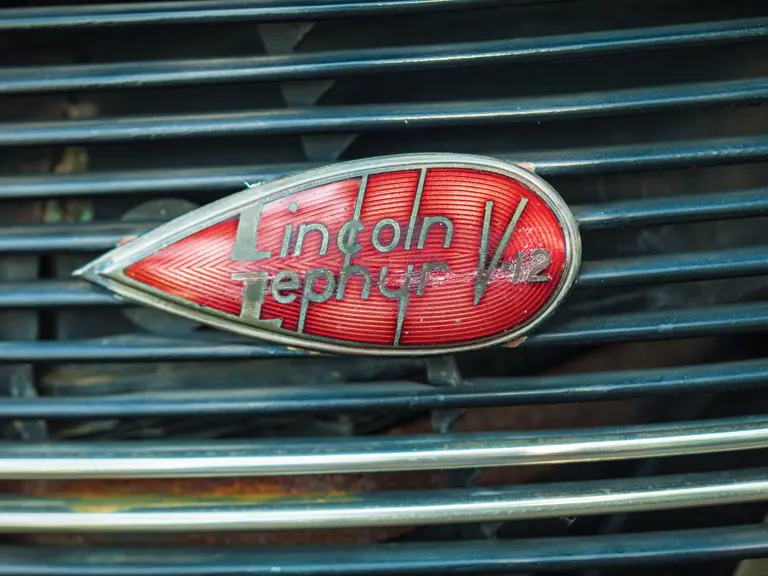
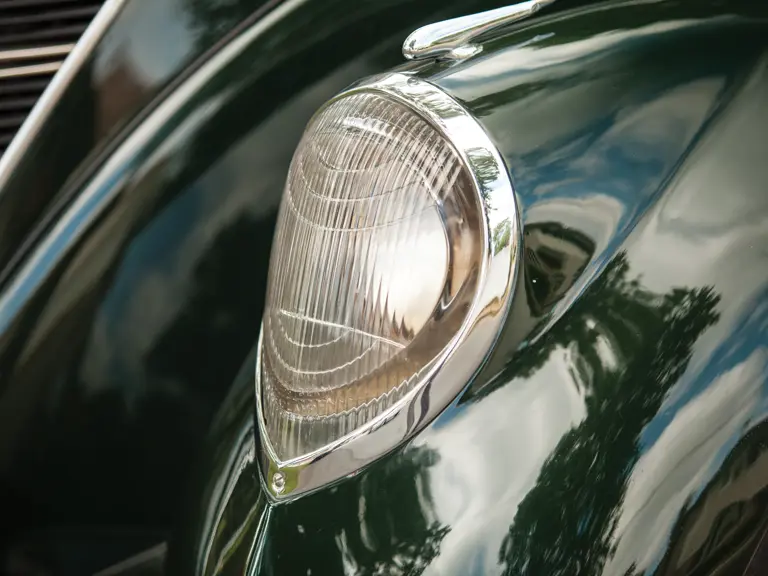
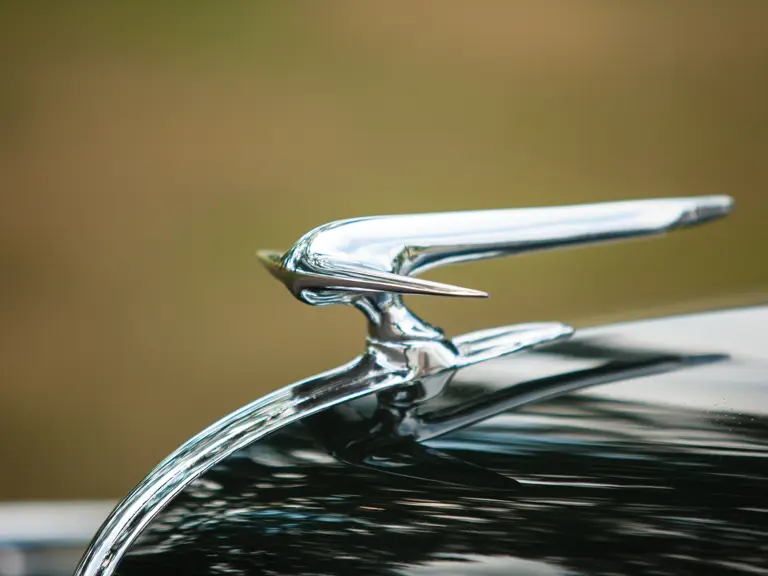
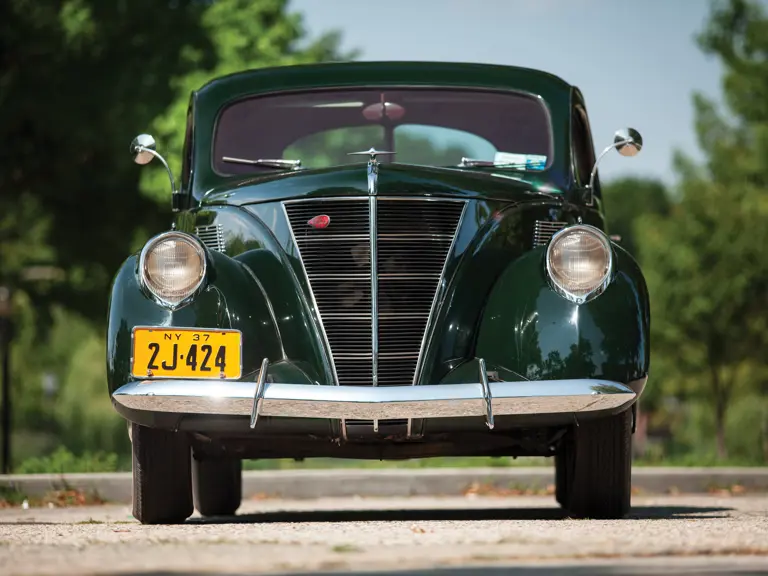

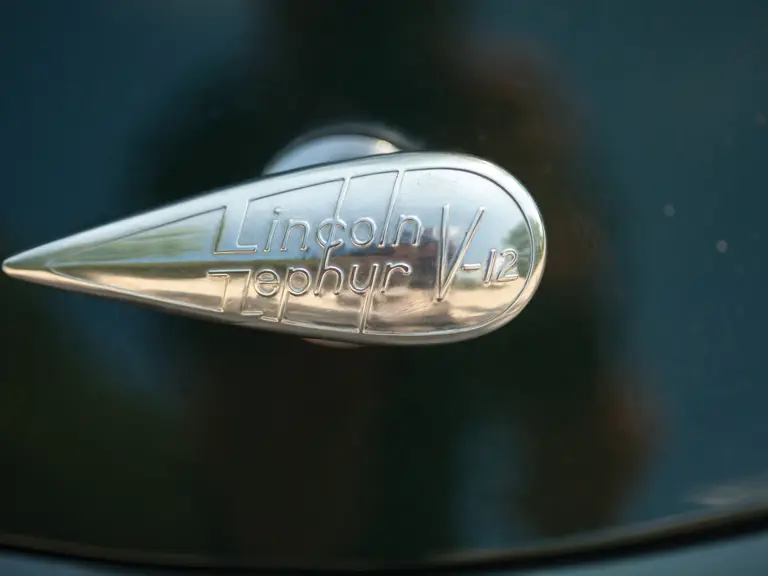
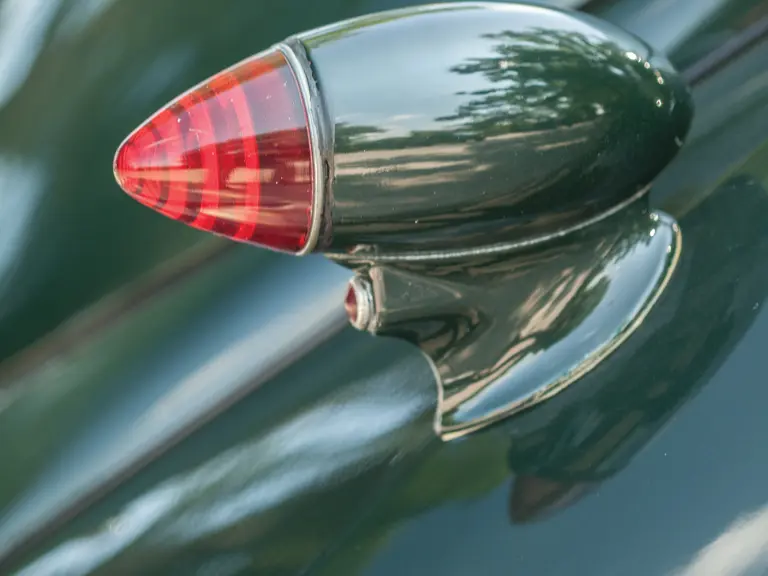
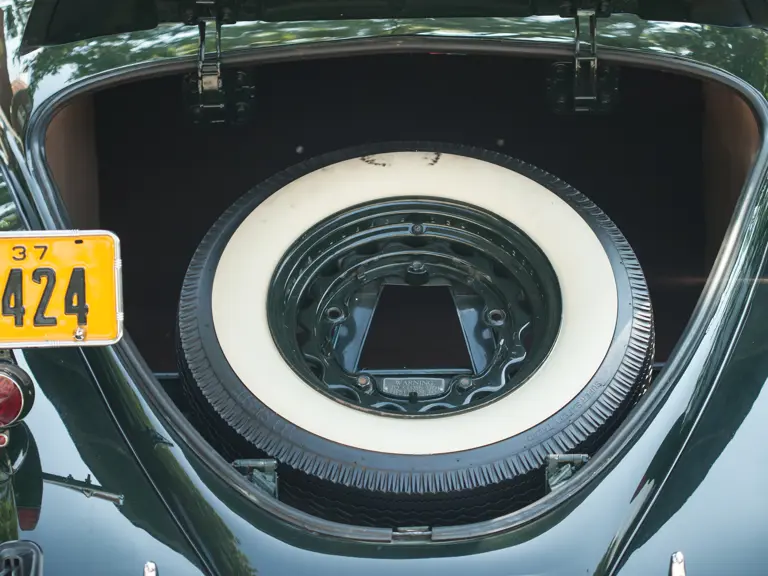
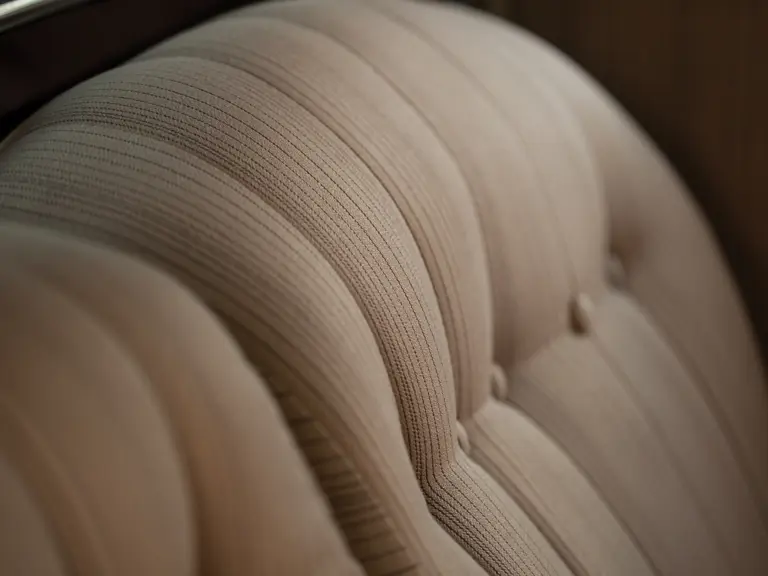
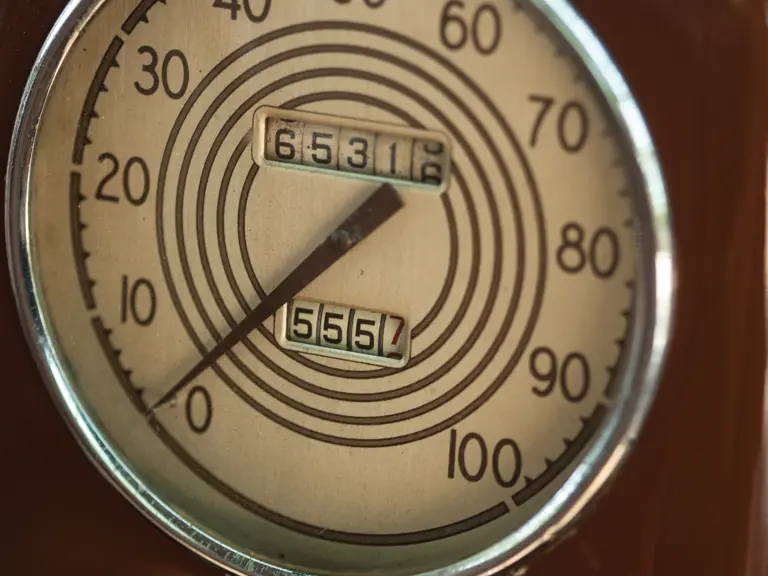
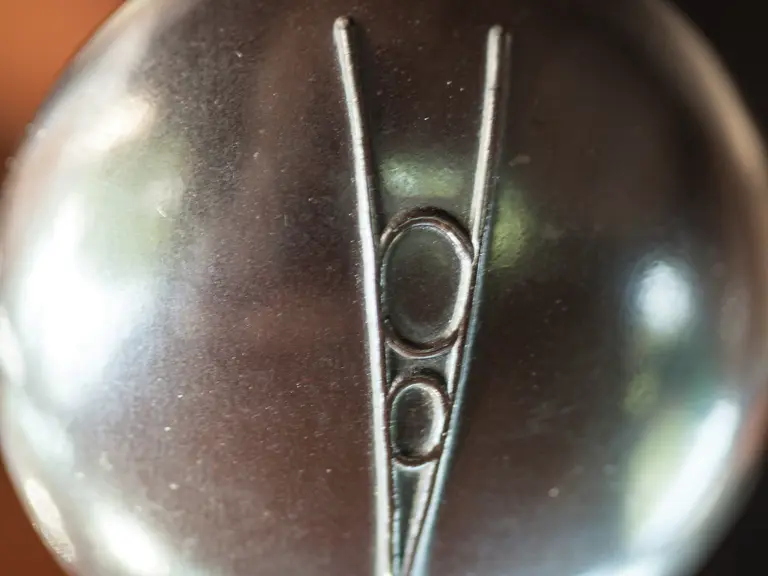
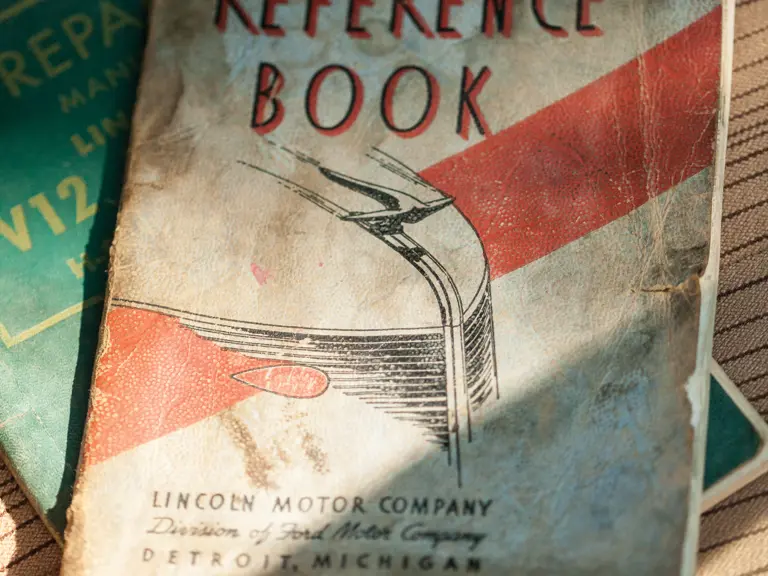
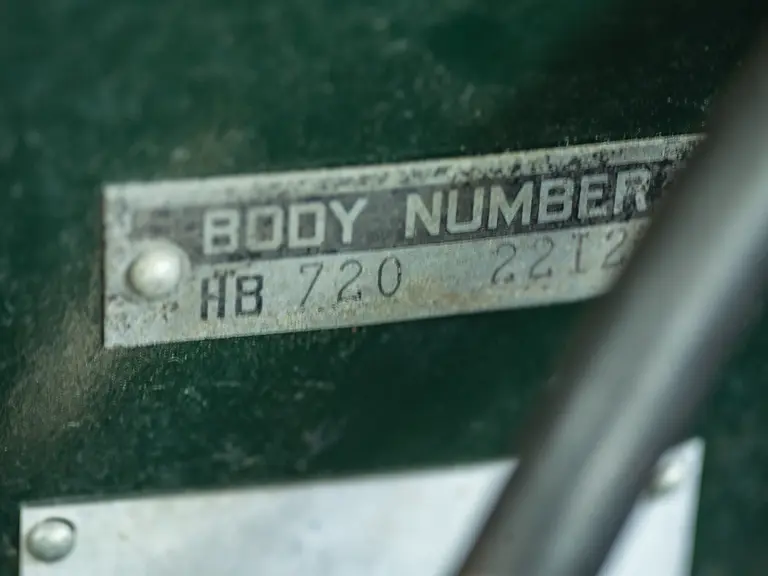

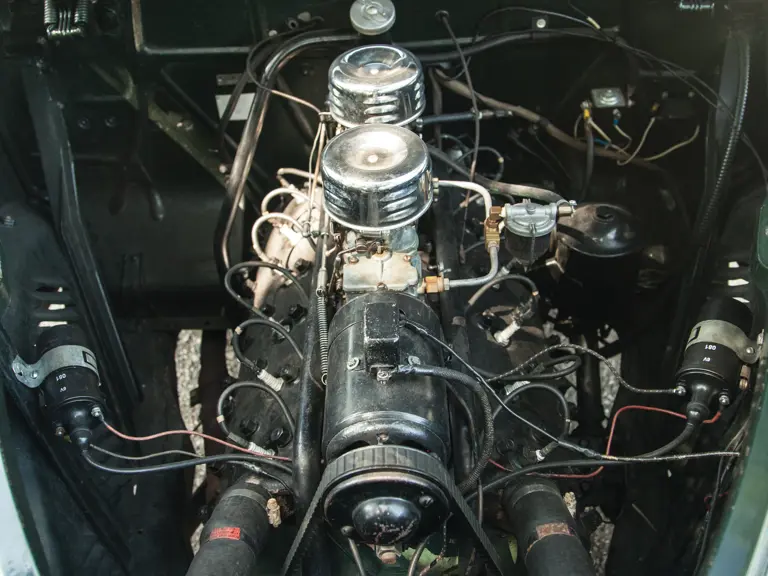
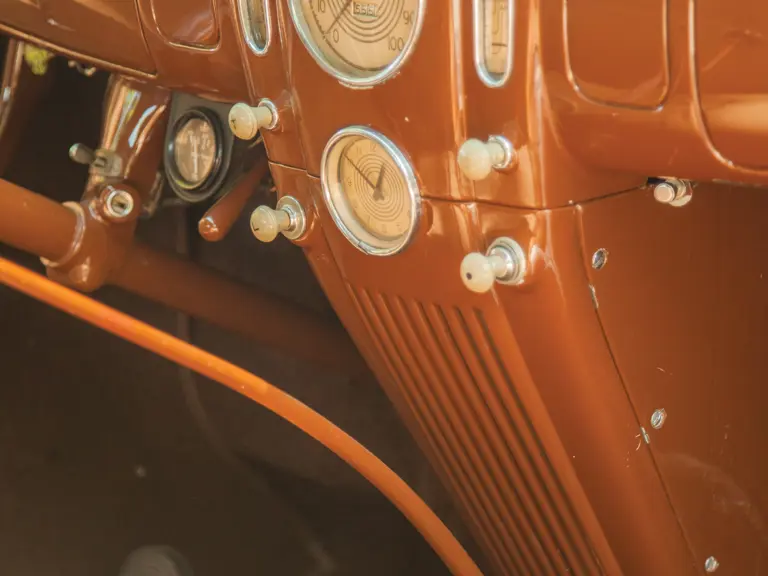

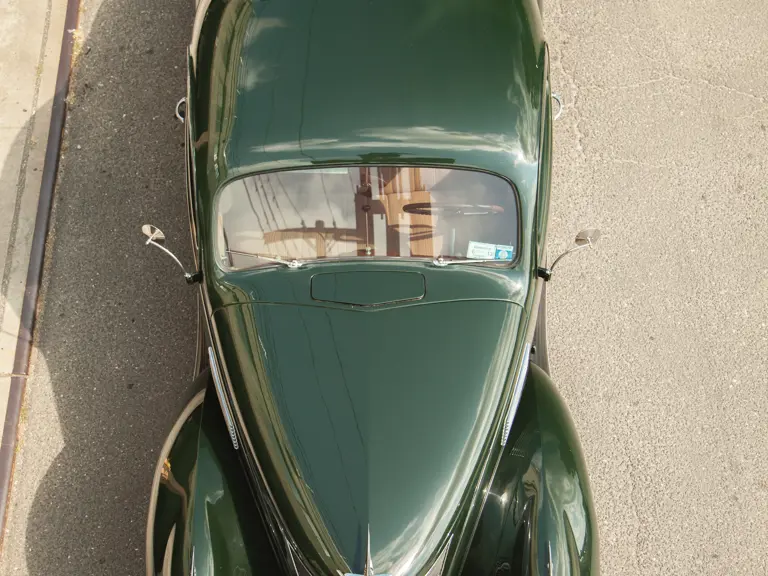


 | Hershey, Pennsylvania
| Hershey, Pennsylvania
